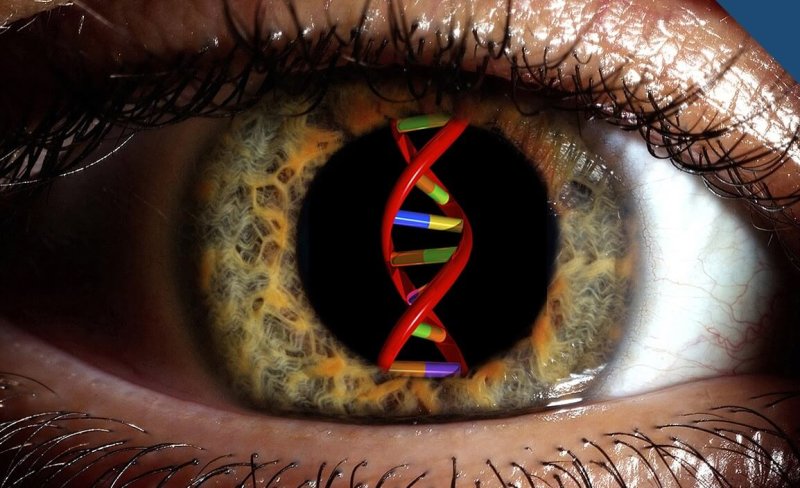…
Thinking back, we were lucky to have been so naive when we began this work, because if we had known in advance about the dozens of challenges that were to come, including developing and validating a novel endpoint, coming up with a rigorous trial design for an ultrarare disease population, bringing manufacturing to commercial standards, and building a database of the natural history of this disease, we may never have started.
…
Spark Therapeutics submitted more than 65,000 pages of documentation to the U.S. Food and Drug Administration (FDA) and went through a full day of questioning by their advisory committee.
…
And of course, our journey to help patients and families living with RPE65 gene mutations is not over. We continue to look for ways to make genetic screening for inherited retinal diseases a standard practice.
Read full, original post: How Gene Therapy Can Reverse a Form of Congenital Blindness































